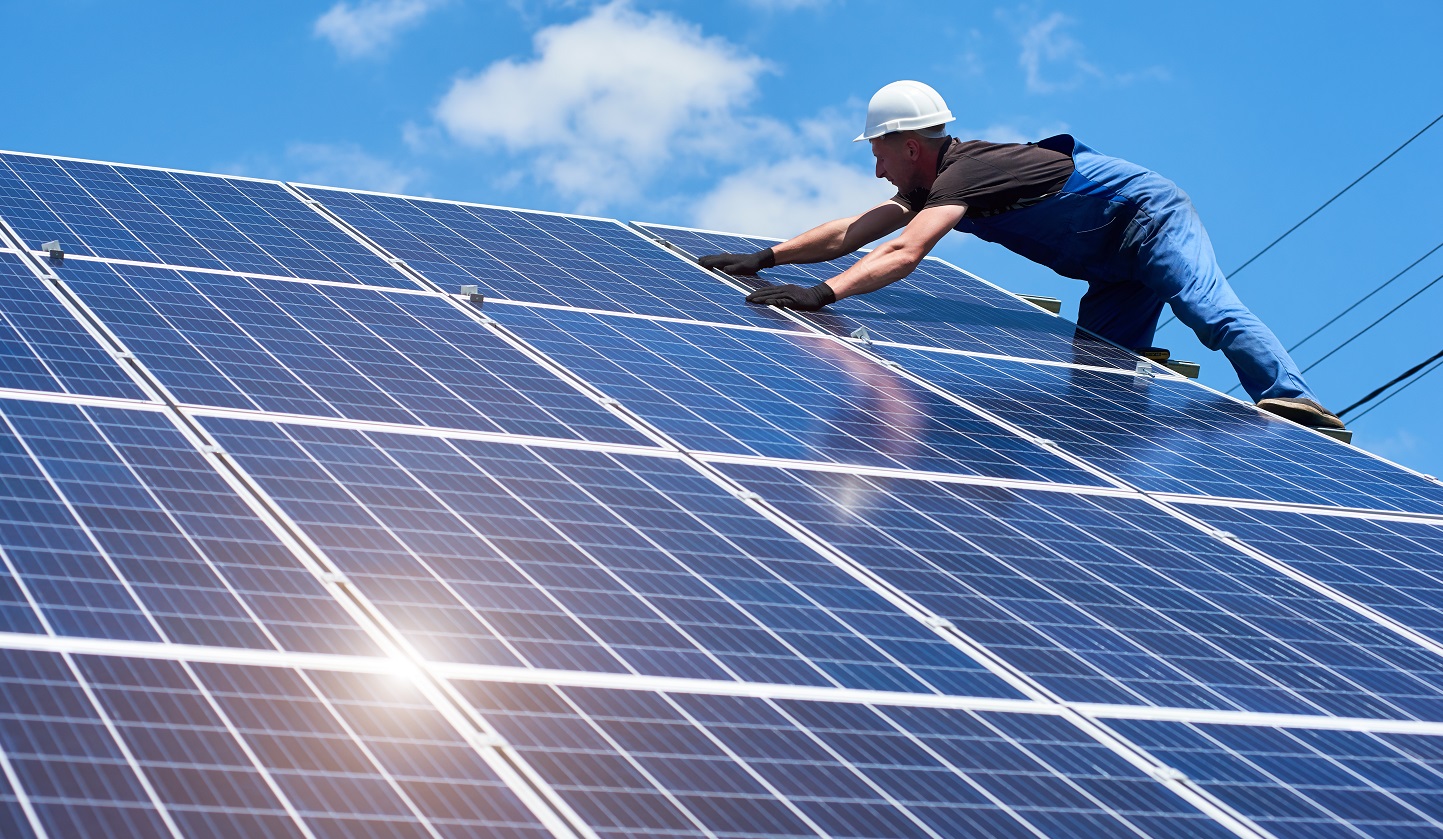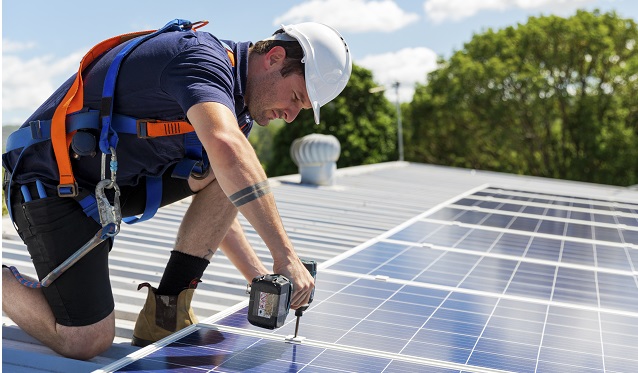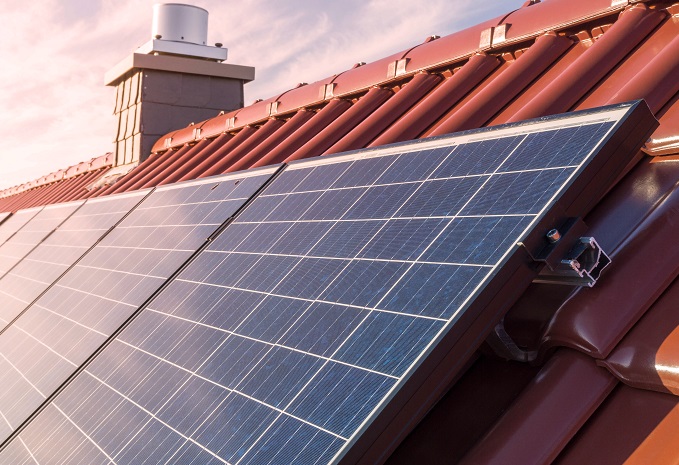How to Make Sure Your Roof is Ready for Your Solar Panels

Due to the advantages, you may be tempted to contact an installer right away. Before you even look for panels to purchase, one of the primary steps to take is to ensure that your roof is ready for the solar system installation.
If you are thinking about adding solar panels to reduce your power bills and carbon footprint, here are the things you need to know about your roof to make sure it is ready:
The Composition of Your Roof
The materials used to make your roof are among the important things that determine whether or not solar panel installation is feasible. Fortunately, common roofing materials, such as asphalt shingles, work well with solar panels.
You can also install the panels if you have corrugated metal, clay tile, rubber, and standing seam. As you can see, most of the materials that are quite common in Australia are good for solar panels. However, if you have wood shingles or your roof is made of slate, installation can be a little bit more difficult. It does not mean though that you can no longer enjoy the benefits of solar.
The problem with these mentioned roofing materials is that they are more brittle than the others. They may not withstand the weight of the panels.

The good news is that you do not have to be stuck with a conventional power source if you have a slate or cedar roof. You can use special mounting contraptions and equipment that will make it possible to install the panels. If you go this route, however, expect that the installation will take longer than normal. The entire process can get more complex as well, which may demand more money from you.
To make sure that the installation will go well as planned, you should not DIY the installation. Contact a professional installer or company that has been in the industry for a long time.
We recommend Perth’s own Easy Solar (as they have a great reputation). This way, you know you are dealing with an expert who can help you figure out how to make the panels on your roof no matter what it is made of.
The Style and Slope of Your Roof
You probably already know that solar panels demand a certain amount of space so they can be installed properly. Most installers will take a look at your roof first, which is certainly helpful. This way, they can tell you right away how they will install the panels and if they can fit on your roof.
If you have an expansive rectangular roof, it is ideal for solar. However, you should first make sure there are no vents and chimneys that will affect the performance of the panels. Unfortunately, only a few homes have this kind of arrangement.
Once again, it is important to only deal with professional installers. They are familiar with the correct roof configurations. If you have chimneys, skylights, or dormers, they can work around them with ease. Drain pipes are also a common issue when installing panels. However, the pros will know what to do with these pipes. Some installers can move these drain pipes to accommodate the system if needed.
As for the slope of your roof, you should first discuss with the installer about how the panels will be arranged. You must know about the planned configuration. Remember that you have the right to say no to the plan. They should be willing to change certain aspects of the installation until you and the team of installers agree.
Note that setting your panels flat will reduce the runoff of precipitation. It is a negative thing with panels since this arrangement can decrease their overall efficiency. The array should be free from debris, dust, and other materials, including rain and snow.
However, it is not advised to set the array too steep. In doing so, you would end up limiting the sunlight that the panels receive and work with. The recommended tilt is from 20 to 30 degrees, which should be efficient for those who live in Perth and other WA areas. This setting may also be useful for other parts of the country.
The Condition of Your Roof
Solar installations come with warranties, which you should know about before you hire an installer. These warranties will give you the peace of mind you need should something happen with the installation.
Additionally, solar systems come with several years of warranty. You can find companies that truly believe in their panels, providing at least 20 years of labour and performance warranties. Most arrays will continue to work just fine even after the 20-year mark.
Because of the complexities relating to the installation, it makes sense to only have the solar panels on your roof if you are confident that you would not need to replace your roof after the first few years of installation. It will not only take a lot of your time and effort but will also be extremely expensive.
If you believe that your roof will need an upgrade in about one to two years, do not proceed with the installation. Instead, replace the old roof with a new one first before you even contact an installer. It is always best to take care of the roof issue first before you have the panels.
That said, it does not mean you can’t change or replace your roof after the solar panels have been installed. However, it will incur a lot of expenses on your part. Uninstalling and reinstalling the panels can be extremely expensive. It is why you want to make sure that the roof you have on now can stand harsh conditions for the next five years at the very least.
Another aspect that a lot of customers fail to consider is solar panel cleaning. Remember, your panels need to be cleaned every few years.
Sun Exposure
To make your solar panels work, they should get an ample amount of sunlight. Since they will be installed on your roof, you should ensure the roof itself gets plenty of sunlight. Ideally, full sun exposure should take place between 9 AM and 3 PM.
With Perth receiving an average of 147 days of full sun each year, the city is perfect for solar. However, it is still necessary that your home, particularly your roof, gets adequate sun exposure throughout the day. It helps when there are no obstructions that result in shaded areas.
Panels these days have become more efficient, thanks to technology. Still, you need to provide enough sun for them so you get your money’s worth. A lot of things in your home’s surroundings can cause shade, including trees, neighbouring buildings, and chimneys. They can cast a shadow on your panels, which reduces their stored energy.
Keep in mind as well that the shadows are bigger and longer during winter. The hours when the sun is up are limited. Thankfully, Perth typically has a warm winter season and a little amount of rainfall.
The Direction of Your Roof

Another important aspect to keep in mind before you plan your solar system is the direction of your roof. Where your roof is facing has a direct impact on whether or not it is suitable for solar panels. Bear in mind that photovoltaic panels are best when placed on a roof that faces north.
Most people who use solar use power during the day, which is when the system in north orientation will generate the most amount of electricity. If you are unsure where your roof faces, you can look up your house on Google Maps. If you have a compass, it will give you a more accurate answer.
Some roofs in Perth do not face true north. However, it does not mean that you can no longer have solar for your home. It is still possible to get good energy if the roof faces the west. Northwest configurations are becoming even more common. You can always ask the help of a professional to guide you on which direction your panels should go.
Once again, if there are obstructions that cause shade in the direction you are going for, you may try to eliminate them. It is even more essential that you get rid of the shade-causing obstacles if your roof is not north-oriented.
Is Solar Panel Installation Legal?
Solar panels have been installed on many residential and commercial roofs in Australia since the 1970s. More and more people have become interested in such systems because the government would offer incentives for those with solar units. Others get a rebate when they send power back to the grid.
In 2007, the government started to advocate renewable energy sources. It stated that 20% of the country’s electricity supply would be from solar and other sources by 2020. Since the same year, more than 880,000 rooftop solar systems have been installed, along with 560,000+ water heaters that use solar and heat pumps.
Solar systems are legal and approved by the government. However, there are limitations that you should know about. Make sure that you know about them, along with the roofing requirements so you get the most out of your solar system.
